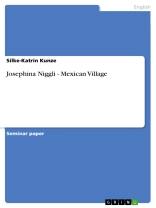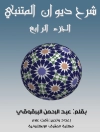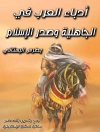Seminar paper from the year 2002 in the subject American Studies – Literature, grade: 2- (B-), Dresden Technical University (Institute for Anglistics/American Studies), course: Chicano/a Presences, language: English, abstract: Introduction
Chicano/a Movement & Chicano/a Literature
As there are some people who have never heard the term Chicano/a, it is of utmost importance to start out with a definition. Chicanos are people of Mexican descent who live in the United States. They were either born there or immigrated with their families. Therefore a Chicano may seem like a Mexican-American. The difference is that the first term implies cultural awareness, whereas the other is rather neutral.
In Chicano/a writing the essence not only is that the author is a Chicano/a, he or she even plants Chicano characters into a Chicano environment who use Chicano speech patterns. The first pieces of Chicano literature were produced after the Mexican War (1848), so that this is actually a rather young field of research. The origins, however, already lie in the late 16th century, when the Spaniards spread their language and religion, etc. From that background folktales and legends evolved, among them La Llorona, the weeping woman. In fact, many Chicano works of fiction revolve around her.
Historically important here is the Treaty of Guadelupe-Hidalgo from 1848. After the so-called Mexican War (1846-1848), Mexico had to cede large parts of its land, much of the Mexican Southwest (Texas, New Mexico, Arizona, Colorado, California), to the U.S., and in the short run those Mexicans who lived there had to choose between either Mexican or American citizenship. It is their descendants who later developed poetry, narratives and corri-dos. Corridos are ballads in Spanish, altogether forming a cultural history. Up to the present day, they have not ceased to exist.
By 1900, Chicano literature played a role in the United States. Since many Mexican-Americans spoke Spanish and were catholic, those two were its first features. Around the same time also the first novels and stories were published. Things changed in 1945 at the latest, with the appearance of Josephina Niggli′s Mexican Village. Influenced by the Civil Rights Movement in the 1960s (also the time of the so-called Chicano Movement [1965-1975]), Chicano publishing houses were founded. Only then could the literary field spread its wings and make way for movies and plays. A more recent development is the emergence of strong Chicana writing, aiming at voices of Mexican or Mexican-American women finally being heard and thus among others dealing with Mexican icons such as La Malinché, the Virgin of Guadelupe and the aforementioned La Llorona.
[…]
Silke-Katrin Kunze
Josephina Niggli – Mexican Village [EPUB ebook]
Josephina Niggli – Mexican Village [EPUB ebook]
Mua cuốn sách điện tử này và nhận thêm 1 cuốn MIỄN PHÍ!
Ngôn ngữ Anh ● định dạng EPUB ● Trang 39 ● ISBN 9783638126557 ● Kích thước tập tin 0.3 MB ● Nhà xuất bản GRIN Verlag ● Thành phố München ● Quốc gia DE ● Được phát hành 2002 ● Phiên bản 1 ● Có thể tải xuống 24 tháng ● Tiền tệ EUR ● TÔI 3629142 ● Sao chép bảo vệ không có












